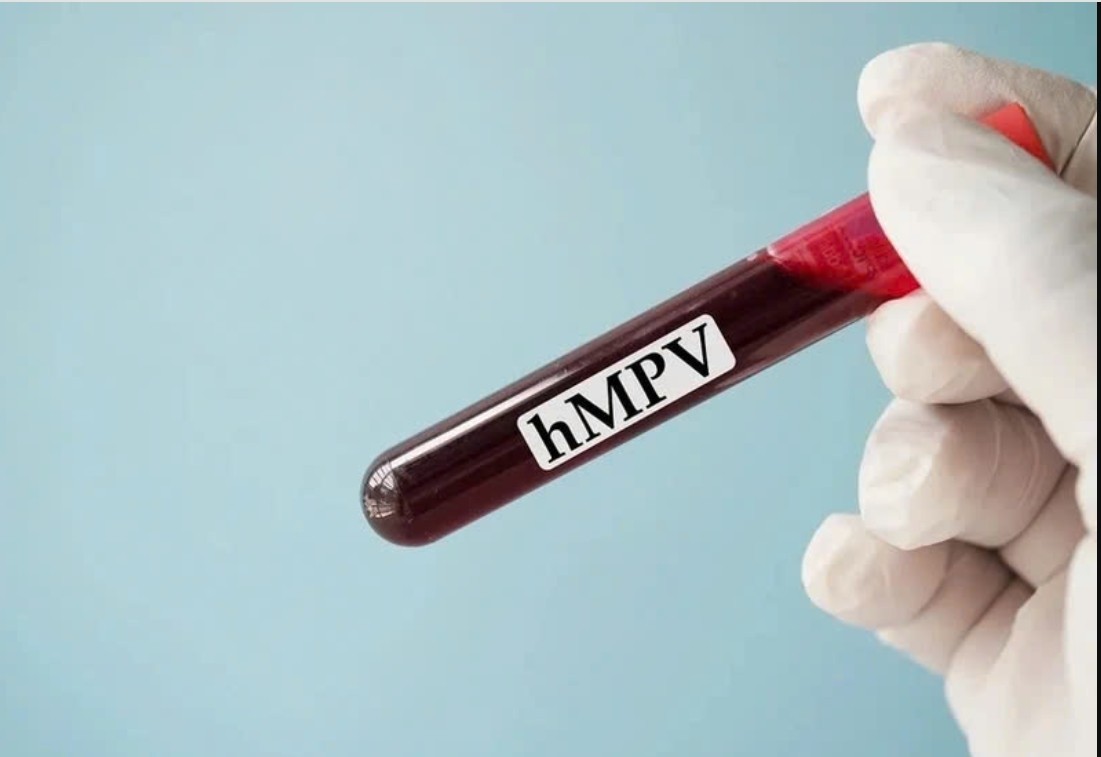What is The Newest Country in the World - Updated?
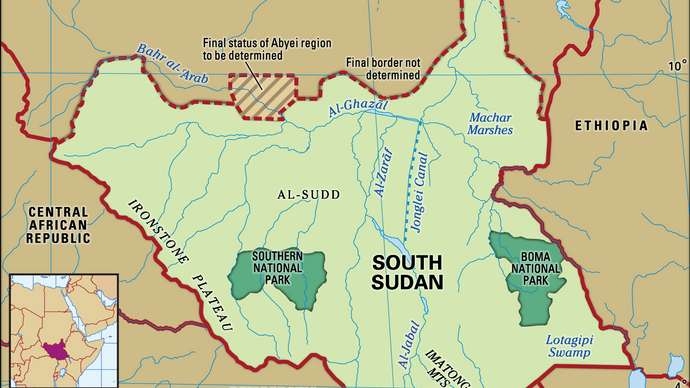 |
| The world’s newest country, South Sudan gained its independence twice. Photo Brintannica |
Renewed conflicts in December 2013 and July 2016 have undermined the development gains achieved since independence and worsened the humanitarian situation in South Sudan.
The world’s newest country, South Sudan gained its independence twice. The first time was in 1956 when it gained autonomy from England and Egypt, which had been co-ruling it. That first taste of independence was short-lived, however, when the new country’s Muslim north clashed with Christians in the south. The Southern Sudan Autonomous Region was formed in 1972, but a second civil war broke out in the mid-1980s, resulting in more bloodshed and questions about the state’s autonomy. In 2005 a peace agreement was finally struck, stipulating that after six years of autonomy, citizens would vote on an independence referendum. In 2011, 98 percent of South Sudanese voted to become an independent nation.
After over 40 years of fighting the mainly Muslim and Arab north of Sudan, the last nine years of independence for South Sudan have not exactly been going to plan. The country is rife with disease and its own civil war. And then there is Darfur, which deserves its own article.
History of South Sudan
South Sudan is the world’s newest country. Neighboring Sudan had previously controlled the land and lives of those dwelling there but a public referendum ended that reign in 2011. Quickly, South Sudan looked to become legitimate and joined both the United Nations and the African Union within days. Violence from militia-led uprisings broke out all across the region as many saw the emergence of a new nation as an opportunity to gain power. Additionally, South Sudan harbors much of Sudan’s oil rigs, thus controlling a majority of the economic opportunities in the area.
With few resources present, controlling the oil fields presented a strategic advantage. In 2013, tensions boiled over into a full civil war that claimed the lives of tens of thousands of Sudanese and internally displaced 4 million people. The violence related to this issue did not end until 2018, more than five years after the conflict broke out.
Situation in South Sudan
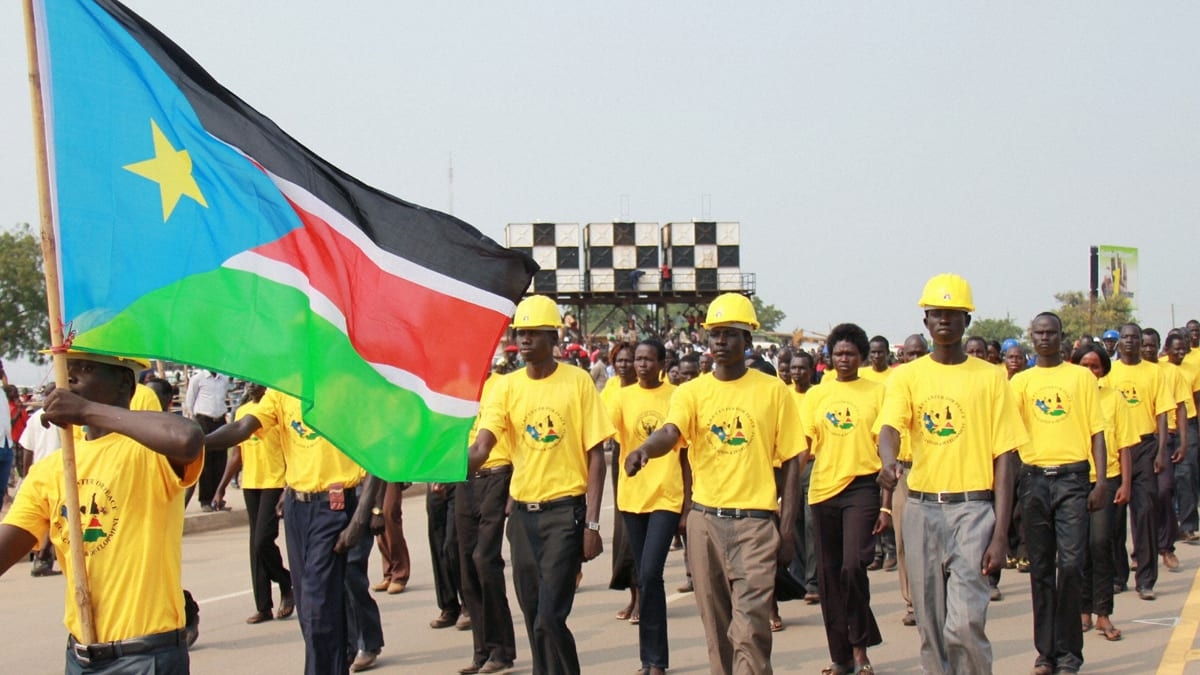 |
| Photo Daily Beast |
The South Sudan civil war damaged an already weakened system and has created one of the worst poverty situations. Currently, 82% of those residing in the youngest country in the world live under the poverty line. Due to recent poor harvests, Oxfam estimates that more than 7 million South Sudanese people are in danger of starvation. With an economy almost entirely dependent on crude oil exports, financial stability is nonexistent. The World Bank reports that while South Sudan experienced a GDP growth of 3.2% in 2019, due to the global pandemic, its GDP will shrink 4.3% after 2020, losing more than gained in the previous year. With one-third of the nation displaced due to the civil war, more than half of the country struggling to eat and a nationally shrinking economy, South Sudan is in danger of becoming a region defined by immense poverty.
Below is a timeline of key events that led up to the South Sudan conflict and where it stands today.
2011—After decades of civil war in Sudan, the southern region gained its independence on July 9 and officially became known as South Sudan.
2012—South Sudan and Sudan fought over the oil-rich region of Abyei in the first half of the year. A peace deal in June helped South Sudan’s oil exports resume and created a 10-kilometre-long demilitarized zone along the border.
2013—Political in-fighting ensued when President Kiir fired the cabinet and accused Vice President Riek Machar of planning a coup. The South Sudan civil war broke out as Ugandan troops tried to intervene for the government.
2014—Ceasefires and peace talks dragged on throughout the year. By April, over one million civilians were displaced, and hundreds killed when rebel forces sacked Bentiu, a town known for its rich oil reserves.
2015—President Kiir signed a peace agreement in August, under pressure from the international community.
2016—In April, Machar returned to the capital city of Juba to be sworn in as first vice president under the new unity government. By July, Machar was once again fired and forced back into exile. In December, President Kiir denied accusations from the UN Human Rights Commission of ethnic cleansing in areas of South Sudan.
2017—In February, parts of South Sudan faced famine as a result of economic collapse and civil war. A unilateral ceasefire was declared by President Kiir in May, once again fueling hopes of peace. The number of South Sudanese refugees fleeing to Uganda passed one million in August.
2018—In a bid to end the war, a power-sharing agreement was signed by President Kiir and opposition leader Riek Machar in August, which saw Machar return to his previous role as vice president.
2019—Clashes continued to break out in January between the South Sudanese army and the rebel group National Salvation Front (NAS), which did not sign the 2018 peace agreement. Over 8,000 civilians were displaced and approximately 5,000 people, mostly women, children and the elderly, fled on foot to neighbouring Democratic Republic of Congo.
** READ MORE: How Many Countries Are There in Africa: Full List, Population, Richest and Smallest
While it’s easy to see the political rivalry between Kiir and Machar as the catalyst for the South Sudan crisis, there are other factors that continue to drive and compound the war.What caused the South Sudan conflict?
A devastated economy
The destruction of oil processing plants during the South Sudan war has impacted the country’s ability to keep its economy afloat. Matters were only made worse by the government’s decision to shut down national oil production—the source of 98 per cent of their income—which directly affected Sudan, who also had a stake in the fight for oil in the region.
| As recent events have shown, the South Sudan economy is especially vulnerable to weather, oil price, and conflict related shocks. The economy had picked up strongly before the COVID-19 pandemic, with gross domestic product (GDP) real growth reaching 9.5% in FY2019/20. The oil sector has continued to be the primary driver of growth, with estimated oil production of 62.1 million barrels in FY2019/20, representing a 26.5% increase on the 49.1 million barrels realized in FY2018/19. In the agricultural sector, cultivated area increased by 6% in 2020 compared to the previous year, but it is still far from reaching the pre-conflict levels. However, living standards deteriorated as the pandemic disrupted livelihoods. High-frequency surveys conducted in June 2020 showed that 51.2% of respondents reported reduced earnings from their main income source. The situation has since improved somewhat, with 50.7% of the respondents reporting reduced incomes by October 2020. |
Lack of unity within the army
Rather than a single, organized unit loyal to the government, the South Sudanese army is organized into ethnically-based militias. Naturally, when the fighting turned to all-out war, soldiers and civilians alike looked to their own ethnic groups for protection.
Ethnic violence
A majority of the Dinka tribe—South Sudan’s largest ethnic group—supports President Kiir who is himself a Dinka, while his primary opponent, Machar, belongs to the Nuer people, the second largest ethnic group in South Sudan. As fighting continued to spread to other parts of the country, ethnic groups with historical grievances against the Dinka were also drawn into the current conflict.
Aid to South Sudan
With how dire the situation is in South Sudan, leading humanitarian relief agencies have made the youngest country in the world their top priority. Action Against Hunger helped feed over 500,000 South Sudanese in 2019 alone. With more than 300 team members present in the country, Action Against Hunger is extending its reach every year until the Sudanese can once again retain sustainable harvests.
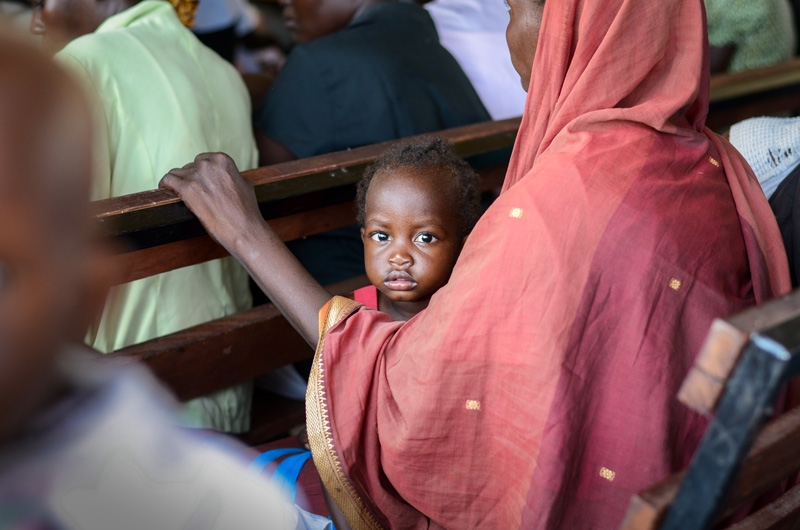 |
| Photo World Vision |
To help keep the children of South Sudan in school, USAID has created special funding just for education. Since the civil war broke out, USAID has actively helped more than half a million students receive schooling desperately needed to break the poverty cycle. To help bring power and electricity to South Sudan, the African Development Bank stepped up to make it happen. Nearly 99% of people in South Sudan live without electricity. The African Development Bank’s power grid project recently received a $14.6 million loan to help get it started.
South Sudan – Attacks against aid workers and suspension of activitiesSouth Sudanese aid workers and NGO compounds were attacked by youth groups in Renk, Jamjang and Torit (Upper Nile) on May 10; NGO and UN compounds and warehouses were looted in Gumuruk, Pibor (Jonglei) on May 11; and a humanitarian staff was killed in a convoy attack in Budi (Eastern Equatoria) on May 12. Following the attacks, NGOs and UN Agencies in the affected areas in Upper Nile have limited movements and agreed on a collective suspension of non-lifesaving activities. Humanitarian personnel in Pibor were also forced to evacuate. The Humanitarian Coordinator in South Sudan, Alain Noudehou, and the NGO Forum have issued statements condemning the attacks and calling upon the Government to provide protection to aid workers and their assets for the safe delivery of life-saving assistance. South Sudan is currently facing its worst food crisis on record, with 60% of the population in acute food insecurity, and famine-like/starvation conditions affecting over 100,000 people. Meanwhile, attacks against aid workers have increased, with nine killed while on duty in 2020 and already four in 2021. Source: Reliefweb |
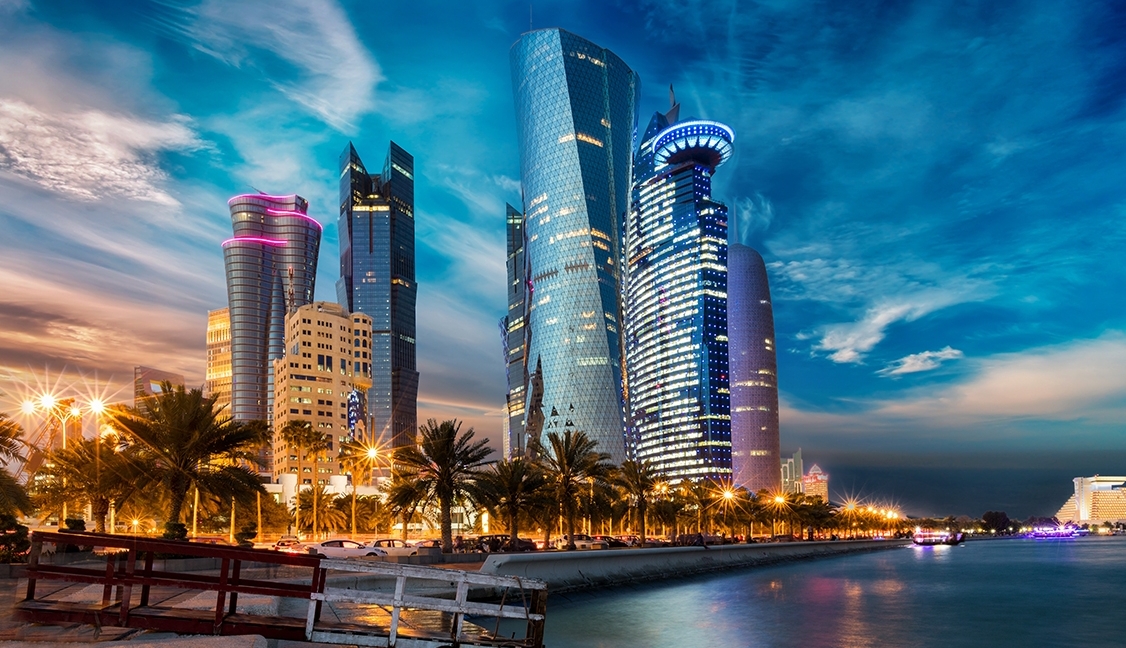 Top 9 Richest Countries in the World (Updated) Top 9 Richest Countries in the World (Updated) Wealth is measured in many ways. Some see it purely as the money you have, while others may look at net worth or your overall ... |
 Top 10 Healthiest Countries in The World Top 10 Healthiest Countries in The World Do you know what country is the healthiest in the world? How do they rank ‘healthy’ level? Read on the article! |
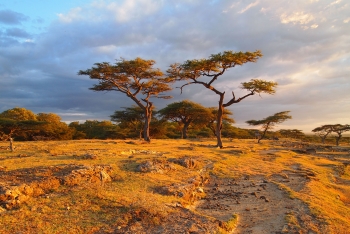 ONLY in AFRICA: Top 7 Weirdest Foods ONLY in AFRICA: Top 7 Weirdest Foods ONLY in AFRICA: In Africa, the world's second-largest and second-most populous continent, filled with deserts and drylands but still beautiful, there are some weird foods ... |


